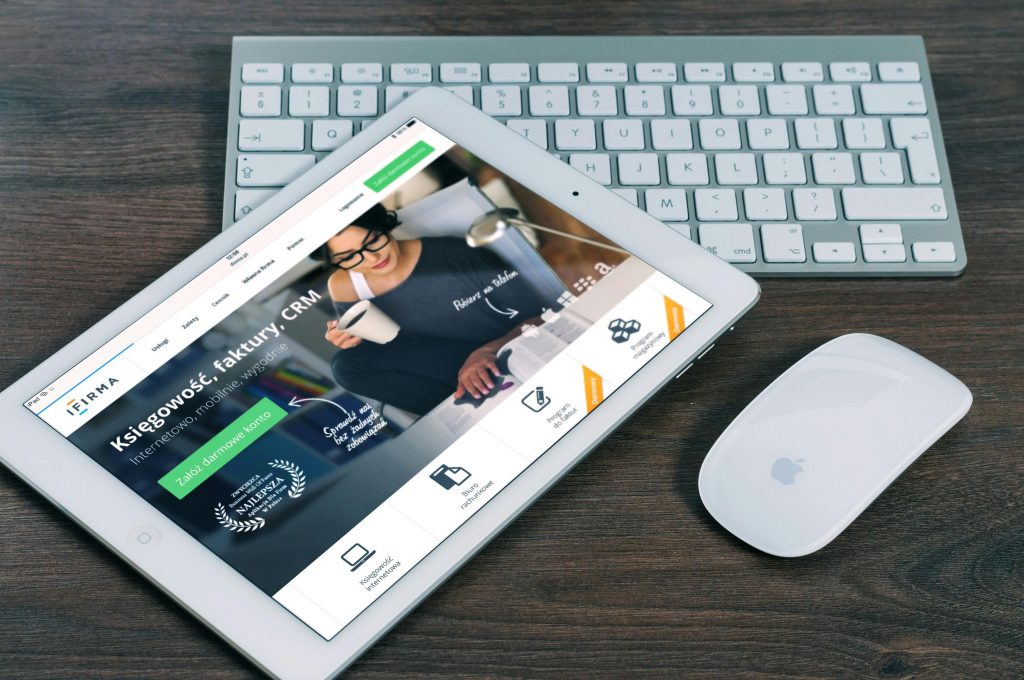In today’s digital-first world, your website is often the first interaction a customer has with your brand. But here’s the truth: if your website doesn’t perform well on mobile, that first impression may be your last.
Mobile optimization is no longer a luxury or a “nice-to-have.” It’s an absolute necessity. With over half of all internet traffic coming from mobile devices, businesses that fail to adapt are losing visibility, credibility, and revenue every day.
Let’s explore exactly why your business needs a mobile-optimized website — and what happens if you don’t have one.
1. Mobile Traffic Has Taken Over
More than 60% of web traffic today comes from smartphones and tablets. Whether it’s someone browsing products, looking up services, or checking reviews — there’s a high chance they’re doing it from their phone.
If your site isn’t optimized for mobile, users will struggle with small fonts, distorted images, slow load times, and clunky navigation. And most won’t stick around to give you a second chance.
2. Mobile-First Indexing is a Ranking Factor
Google now uses mobile-first indexing. This means Google evaluates your mobile site, not your desktop version, to determine your search rankings.
If your mobile experience is poor, your SEO efforts could be wasted. Mobile optimization directly affects your visibility on Google, which impacts how easily customers can find you online.
3. Mobile Users Behave Differently
Mobile users are often on the go. They need fast, simple, and intuitive experiences. If they can’t find what they need quickly, they’ll leave — and probably head to your competitors.
A mobile-optimized site caters to this behavior. It streamlines navigation, reduces distractions, and makes key information easily accessible with fewer clicks.
4. Conversion Rates Depend on It
A slow, unresponsive mobile site is a conversion killer. Whether it’s booking a consultation, making a purchase, or filling out a form — mobile users expect instant results.
Studies show that mobile-optimized websites can double conversion rates compared to non-optimized ones. Speed, clarity, and ease-of-use directly influence how likely users are to take action.
5. Builds Brand Credibility
Consumers associate digital experience with business quality. A website that looks great and performs smoothly on mobile builds trust and professionalism.
On the flip side, a poorly optimized site sends a message: outdated, careless, untrustworthy. In competitive industries, that perception can cost you customers.
6. Social Media Traffic Comes From Mobile
If you’re investing in Facebook, Instagram, TikTok, or any paid social ads, nearly all the traffic you generate will come from mobile users.
Driving traffic to a non-mobile-friendly landing page defeats the purpose of the campaign. Your bounce rates will spike, and your ad budget will burn with minimal results.
7. Competitive Advantage
Not every business takes mobile optimization seriously. This is your chance to stand out.
By offering a seamless mobile experience, you gain an edge in search rankings, ad performance, and user experience — all of which lead to more conversions and loyal customers.
Key Features of a Mobile-Optimized Website
To ensure your site is mobile-ready, it should have:
-
Responsive design that adapts to any screen size
-
Fast load times (ideally under 3 seconds)
-
Large, legible text and tap-friendly buttons
-
Streamlined navigation with clear CTAs
-
Compressed images and mobile-optimized media
-
Minimal pop-ups or intrusive elements
Final Thoughts
Your customers are on mobile. Your competitors are optimizing. And Google is watching.
If your website isn’t mobile-optimized, you’re not just behind — you’re invisible to a growing percentage of your market.
Investing in a mobile-first website is one of the smartest moves your business can make. It enhances user experience, boosts conversions, improves search rankings, and ultimately builds a more professional and trusted brand.
The question isn’t whether you need a mobile-optimized site — it’s how soon you can get one live.



